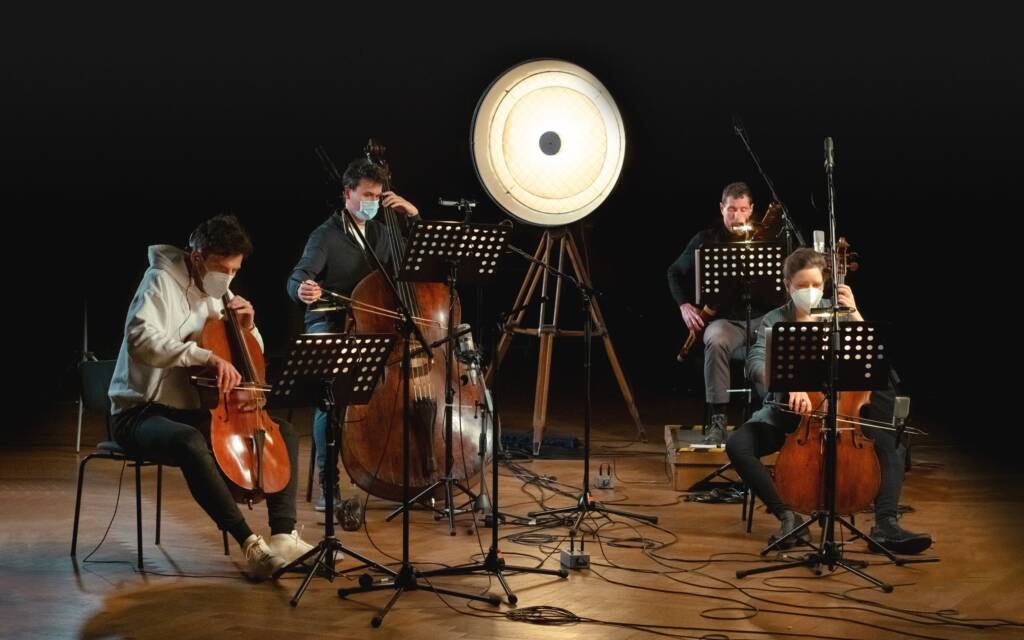Overview of the Topic
Orchestral Tools Cinematic Virtual Instruments Library is a collection of high-quality virtual instruments designed for film, television, video games, and music production. Utilizing state-of-the-art recording techniques and professional musicians, this library offers a vast range of sounds, dynamics, and articulations to bring life to any musical project. With its emphasis on cinematic quality, realistic expression, and versatile use in various genres and styles, it has quickly become an essential tool for composers around the world.
History
Orchestral Tools was founded in 2011 by Hendrik Schwarzer and Benjamin Geyer. Initially focused on the Symphonic Sphere – a library dedicated to non-conventional orchestral textures – the company soon expanded its offerings with innovative titles such as Metropolis Ark, Berlin Series, and Majestica. Each project brought new sonic possibilities to the table while maintaining a commitment to realism and musicality. Today, Orchestral Tools is one of the leading providers of sample-based virtual instruments for composers and producers in both media production and concert halls.
Applications
Orchestral Tools libraries are utilized in many different industries and projects:
1. Film & TV: For composing soundtracks that convey emotions or evoke specific imagery.
2. Video games: To create an immersive sound environment that enhances the player’s experience.
3. Music compositions: Orchestrators and arrangers can explore new creative possibilities by mixing acoustic performances with samples.
4. Trailers: To produce high-impact music that grabs the listener’s attention.
5. Live performance: Enabling musicians to perform impossible arrangements in real-time.
Pros and Cons
Pros:
1. High-quality sound: Orchestral Tools libraries are recorded using quality microphones and expert engineers to ensure accurate sonic reproduction.
2. Comprehensive content: The collections cover a wide range of instrument families, complete with multiple articulations and round robins.
3. Realism: By capturing the nuances of performance, these libraries allow composers to create expressive, authentic-sounding music.
4. Easy integration: The libraries are compatible with popular digital audio workstations (DAWs) and plug-ins (such as Kontakt).
5. Regular updates and expansions: New instruments, features, and improvements are continually being developed to keep the library fresh and relevant.
Cons:
1. Cost: Orchestral Tools libraries can be expensive, although there are periodic sales.
2. Resource-intensive: The large size of some libraries can put strain on computer resources.
3. Learning curve: Composers new to virtual orchestration may need time to fully understand the vast capabilities of these products.
Future Outlook
As technology continues to evolve, the demand for high-quality virtual orchestral instruments only grows stronger. Orchestral Tools is likely to maintain its focus on developing products that offer cutting-edge solutions while preserving musical integrity. Advances in artificial intelligence and machine learning could enable even more nuanced instrument simulations, which may expand creative possibilities for users. Furthermore, as more artists turn to virtual reality experiences or interactive media, the role of these virtual orchestral libraries will become increasingly significant in shaping our emotional response towards this new type of content.



